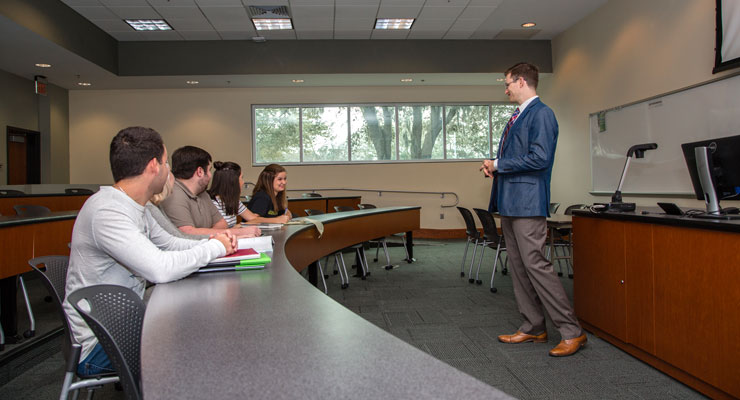There is an ongoing debate about cutting down elective classes and increasing the main core classes for high schoolers. Elective classes in high school refer to classes that are more geared toward a student’s interest aside from math, science, social studies, English, and foreign languages. That list of classes fit into the category of classes that students are required to take to graduate. Electives can range from art classes to music classes to vocational classes. These sorts of classes have been experiencing a gradual decrease. There may be some advantages of this for students to get more core classes in, but also disadvantages because they are getting less exposure to the other areas less commonly covered.

You might think that the cancellation of elective programs is due to funding issues. But the real story is that funding has little to do with it – there was simply no room in the curriculum for them among the regular and added classes. A lot of elective classes get bumped out for standardized test prep. Schools have come to be more focused on classes that prepare students to do well on standardized tests instead of focusing on letting students explore and find their interests. These high schools are not completely in the wrong for this method since standardized tests have become such an important factor for the majority of students interested in pursuing a college degree.
While funding isn’t the main issue, it certainly is still prevalent. Funding elective classes can be more expensive than core classes. The cost of music, art, and vocational classes can be expensive. For example, purchasing around 300 instruments for a music class quickly adds up. It is a hefty price to pay, but they also can be used throughout the years so it could be a very worthwhile invest to keep these programs alive.

Everyone in society is now programmed to think of progress and success in terms of the core class subjects and performance on related testing. With so much emphasis on this type of knowledge, schools are trying to keep their students afloat and successful by cutting out some elective classes. However, the potential issue with this is by eliminating the fun and interesting subjects, students with more core class focus compared to those with some elective exposure may do worse on standardized tests do to less engagement and more pressure.
Cutting electives also can be detrimental to students who are still trying to figure out where they will go after high school. There are lots of other options besides going to college, such as vocational school, music academy, and the army, and these are often left out of the picture. Classes in these areas should still exist to give students the opportunity to explore more options since it may not be all about standardized testing and college for everyone.












